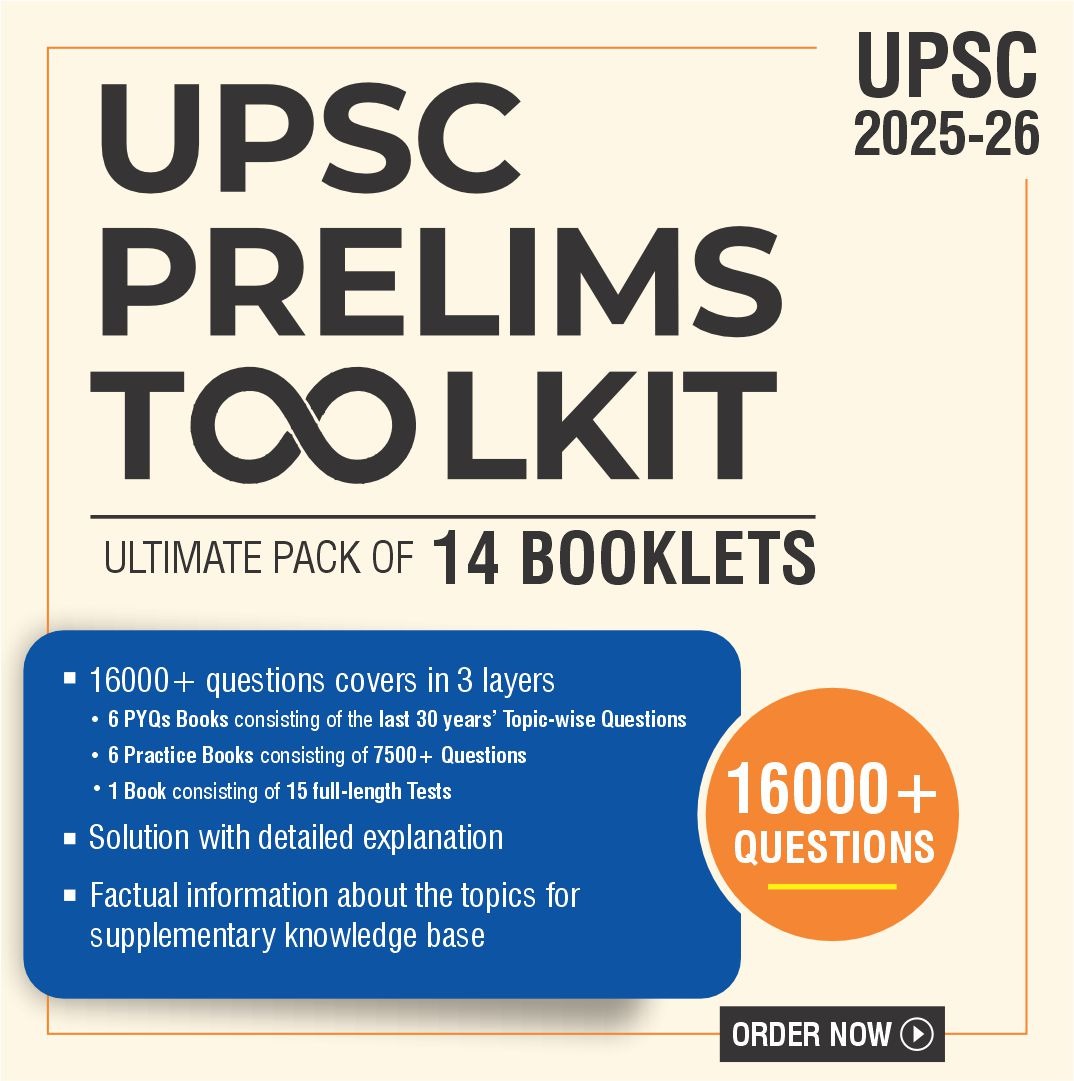Source: The post “What challenges does the NCAP face?” has been created, based on the article “On the National Clean Air Programme” published in “The Hindu” on 25th April 2024.
UPSC Syllabus Topic: GS Paper 3-Environment-environmental pollution
News: The article discusses India’s National Clean Air Programme (NCAP), which aims to reduce air pollution by setting targets for cities to lower particulate matter levels.
What is the National Clean Air Programme (NCAP)?
The National Clean Air Programme (NCAP) was initiated by the Indian government in 2019 with the goal of reducing atmospheric particulate matter (PM) concentration by 20-30% by 2024, compared to 2017 levels. This target was later revised to 40% by 2026.
Under NCAP, cities that continuously exceed annual PM limits must develop and implement Clean Air Action Plans (CAAPs). The Ministry of Environment, Forest, and Climate Change has allocated ₹10,422.73 crore for these efforts.
For mor information on National Clean Air Programme (NCAP) read Article 1, Article 2
What Challenges Does the NCAP Face?
Funding Utilization Issues: Despite substantial funding, implementation is uneven. On average, only 60% of allocated funds have been used, with cities like Visakhapatnam and Bengaluru spending 0% and 1%, respectively.
Approval Delays: The program faces significant delays in receiving necessary approvals, impacting the timely execution of planned initiatives such as procurement of mechanical sweepers and electric buses.
Lack of Standard Procedures: There is no standardized procedure for implementing measures under NCAP, leading to inconsistencies and delays in executing the plans.
Bureaucratic Challenges: Bureaucratic red tape complicates the implementation process, slowing down effective action against pollution.
Doubts About Efficacy: Skepticism about the effectiveness of certain measures like outdoor smog towers, especially after findings questioning their efficacy, causes hesitance in decision-making.
Incomplete Data: Only 37% of cities have completed Emissions Inventory (EI) and Source Apportionment (SA) studies, crucial for identifying and targeting specific pollution sources effectively. Without this data, cities struggle to design effective Clean Air Action Plans (CAAPs).
What should be done?
1.For NCAP to be successful, cities need to use EI and SA data effectively to pinpoint pollutants and plan accordingly. Currently, only 37% of cities have completed these studies.
2.Moreover, comprehensive strategies that address both primary and secondary pollutants are necessary.
3.Cities like Delhi, Pune, Mumbai, and Ahmedabad have started using decision-support systems to forecast air quality, which other cities need to adopt.
4.Implementation should be faster, and technical and financial planning needs to be part of the initial strategies.
Question for practice:
Discuss the challenges faced by India’s National Clean Air Programme (NCAP) and potential solutions for its success.
Discover more from Free UPSC IAS Preparation Syllabus and Materials For Aspirants
Subscribe to get the latest posts sent to your email.






